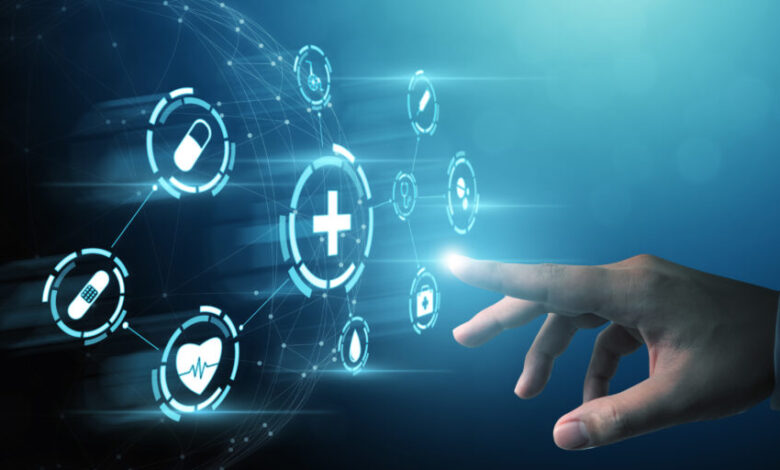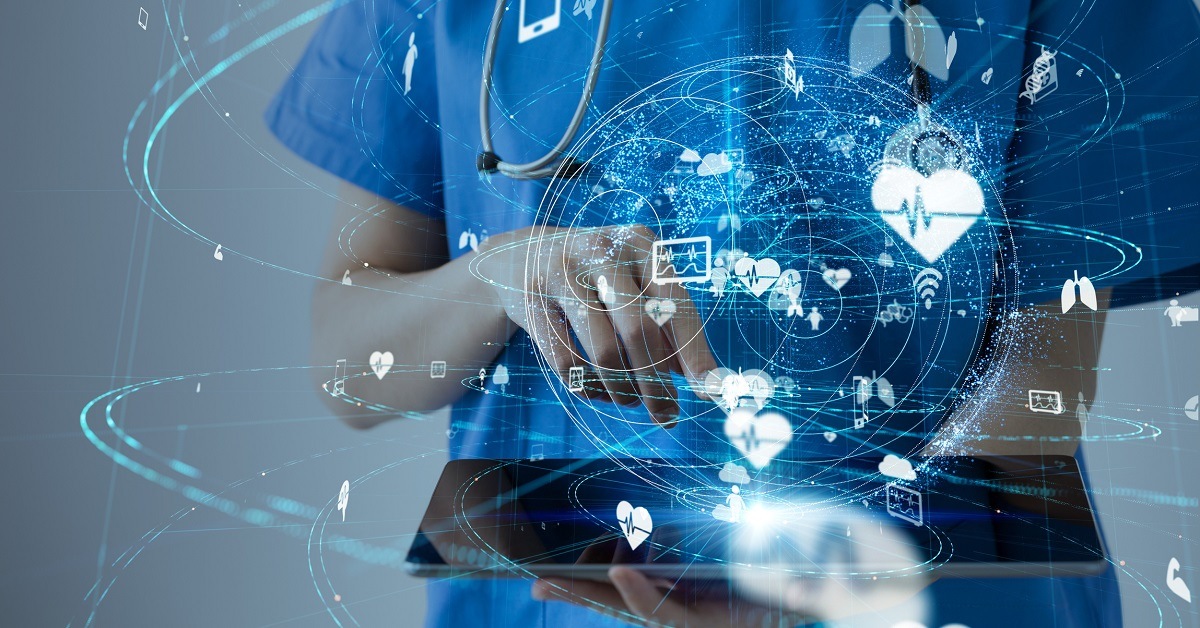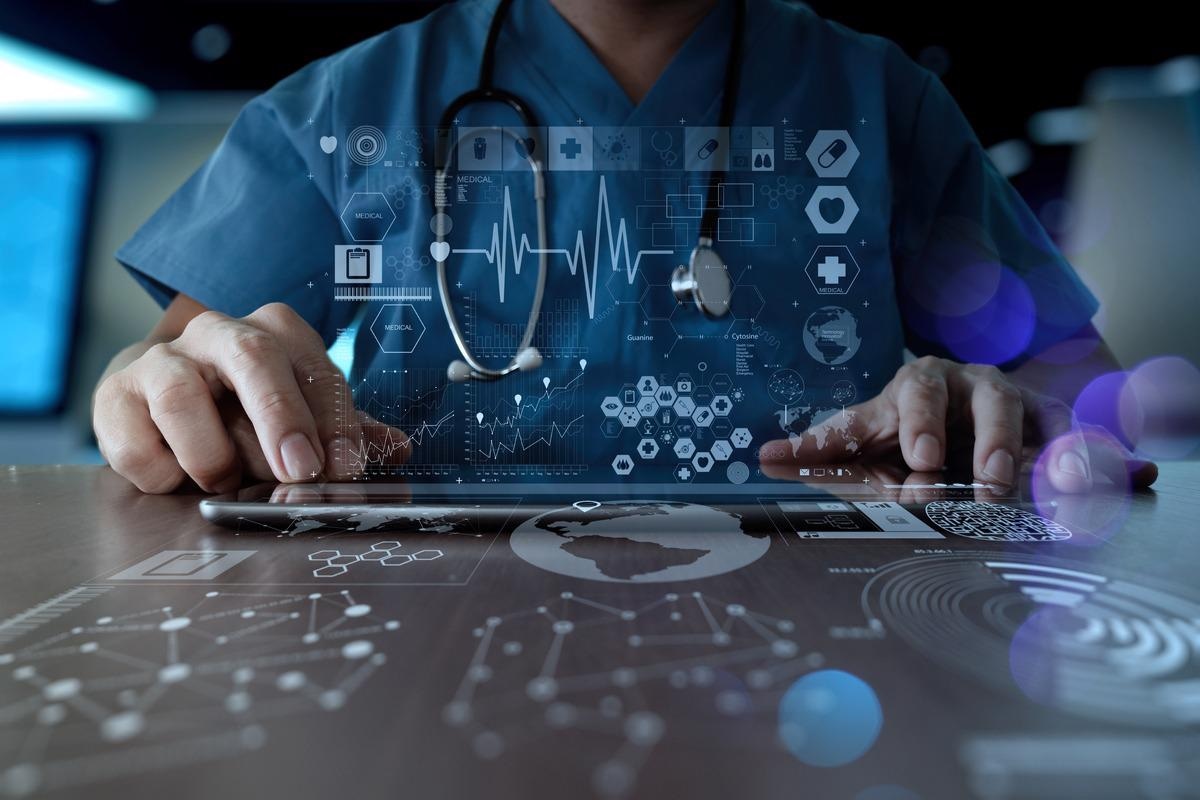
Contemporary healthcare institutions are seeking innovative technologies to support the processes within the framework of healthcare delivery to patients. It is for this very reason that through the use of advanced technologies hospitals are able to design flexible solutions that make it easier for various entities and patients to get along while at the same time improving the quality of the experience that the patients have to go through. Below are some of the technologies that your hospital must incorporate, in order to raise the bar on what the patient should expect from your healthcare facility.
A system for the transfer of the patient between the hospitals or different department of the same hospital.
That is possible as you stabilize and provide excellent care to a patient either upon admitting him/her from another hospital or when moving the patient from one department to another. Thus, it is possible to deliver patients with outstanding experience when they are on their way to your facility via appropriate hospital patient transport scheduling software. This solution simplifies the process of patient relocation between different facilities or particular departments of the same healthcare organization. Safe and timely moving of patients is guaranteed because of the efficiency of an inter- and intra-hospital patient transfer system. Apart from this basic purpose, it enhances the interaction between care teams and enables your hospital to control the status of beds effectively.
This efficient transition also benefits patient care experiences by optimizing transfer wait time and aggravation to a patient’s care sequence. It also helps recognize the ability of hospitals to achieve resource management. It helps the patients to get the required treatments or services as soon as possible therefore enhancing their outcome and or satisfaction. Furthermore, there is the improved organization of healthcare services since it has been made easier for healthcare providers to render patients generalized and extensive care that is a step up from disjointed and inconsistent.
Electronic Health Records (EHR)
Your hospital needs to ensure the privacy and security of the individuals’ information while at the same time ensure the records can be accessed by legit healthcare facilities. Modern technology offers the solution of digitalization of documentation – the medical records themselves are called electronic health records (EHR). Electronic health record systems enable healthcare providers to access patients’ complete information in terms of their history and results of the tests, as well as treatment regimens. For smaller clinics and offices, solutions like Elation EHR for small practices show how tailored systems can simplify record-keeping without compromising quality. The use of this format makes it possible for more relevant and proactive healthcare decisions to be made, hence providing consistent and coherent care to the medical personnel in your organization.
Telemedicine
Recently, telemedicine has become a revolutionary tool in providing medical assistance and improving patients’ perception of the healthcare system particularly in the rural regions. On the most primitive level, which is the role of telemedicine, doctors can examine patients and interact with them via video call, and messaging. Such a basic process helps patients to speak with healthcare practitioners while in the comfort of their homes. It cuts out the number of unrelated visits that patients have to make to the hospitals and decreases the time they spend waiting.
Telemedicine allows a health care provider to have more one-on-one communications with the clients, to have more frequent appointments, and to easily assess the progress of the patients. This consulting recommendation suggests that your hospital can enrich telemedicine by investing in proper platforms for read-only telehealth applications and informing the patients and the staff. Marketing more about the telemedicine program also makes this mode of medical care to become more desirable to the patients especially those with mobility issues or those that reside far from your medical facility.
An important and well-defined application of Health Information Technologies is Clinical Decision Support Systems (CDSS).
Clinical decision support systems (CDSS) use data analytics and AI at the point of care to support the clinician in decision making based on the evidence. CDSS uses the information from the patient’s record and other medical literature sources to give clinicians tips on treatment, diagnosis, and medication. This approach of making decisions before adverse incidents occur raises the level of safety for the patients and decreases the occurrence of medical mistakes, which leads to better clinical outcomes. To get the best out of CDSS, your hospital should incorporate the system into current processes that are followed in the clinical setting. The solution should also be provided with databases that contain specialty-associated algorithms guided by the applicable guidelines.
Wearable Health-Monitoring Devices
The devices such as fitness trackers and other wearable health monitoring devices are useful tools that assist patients in being actively involved in managing their health in everyday life. These wearable devices are usually intended to keep track of the body’s condition, movements, and other parameters intrinsically. Thus, they allow the patient to be constantly monitored, apart from the immediate healthcare environment, to quickly identify when they develop a new health concern.
Wearable devices holding patients’ health records and keeping them involved in the process of patient-centered care help to enhance patient responsibility. This in turn makes it possible to achieve enhanced health status and improved patient satisfaction. The following ways that your hospital can assist with the use of wearable devices include, integrating data from wearable devices into the EHR systems, helping patients with information on how to choose and use wearable devices, and finally, providing remote monitoring of patients as part of their treatment programs.
Remote Patient Monitoring (RPM)
One level higher than wearable health monitoring devices, RPM entails the use of connected devices weekly like the blood pressure monitor or the glucose meter to obtain the RPM data of the patient and relay it to healthcare teams in real time. These devices help providers assess the patient’s overall health as well as his or her vital signs from a distance with minimal face-to-face interactions, yet with maximum mileage when necessary. The real-time patient monitoring made possible by RPM systems enables the early detection of shifts in patients’ conditions, prompt response to the changes that may cause complications, and hence, better patient outcomes. RPM can be very helpful when it comes to applying remote monitoring in care plans regarding patients with multiple comorbidities.
Patient Engagement Solutions
Patient portals, mobile applications, and other patient enablement tools offer added convenience that include information sharing, appointment booking, replenishment of prescriptions, and many more. These technologies help in the interaction between patients and doctors, managing chronic illnesses, and gaining patient trust and appreciation. Patient engagement solutions can be used to the greatest extent in your hospital if the patient interface is designed well. Some of the areas everyone gets it right include offering patients tailored health information and materials; and incorporating means for intake of patient feedback for enhancing the user’s voyage.
Conclusion
Modern business tech solutions present an opportunity that can significantly contribute to improving patient care delivery and their experiences in hospitals. Thus, with the help of technology processes supported by human personnel in your hospital, the focus of the staff can be shifted to the need to deliver better quality of care, safety, and satisfaction with the obtained services. All of these can culminate in better health status for the people and also enhanced delivery of services for all stakeholders.






